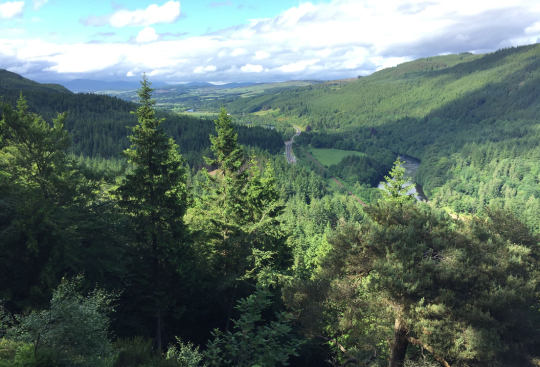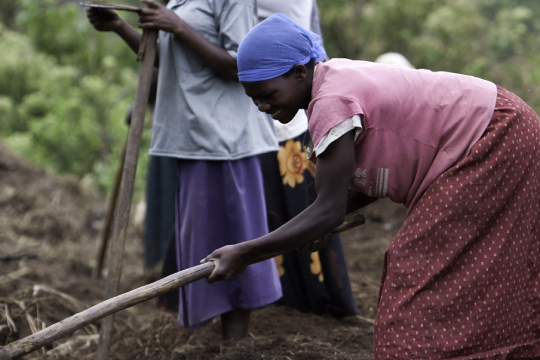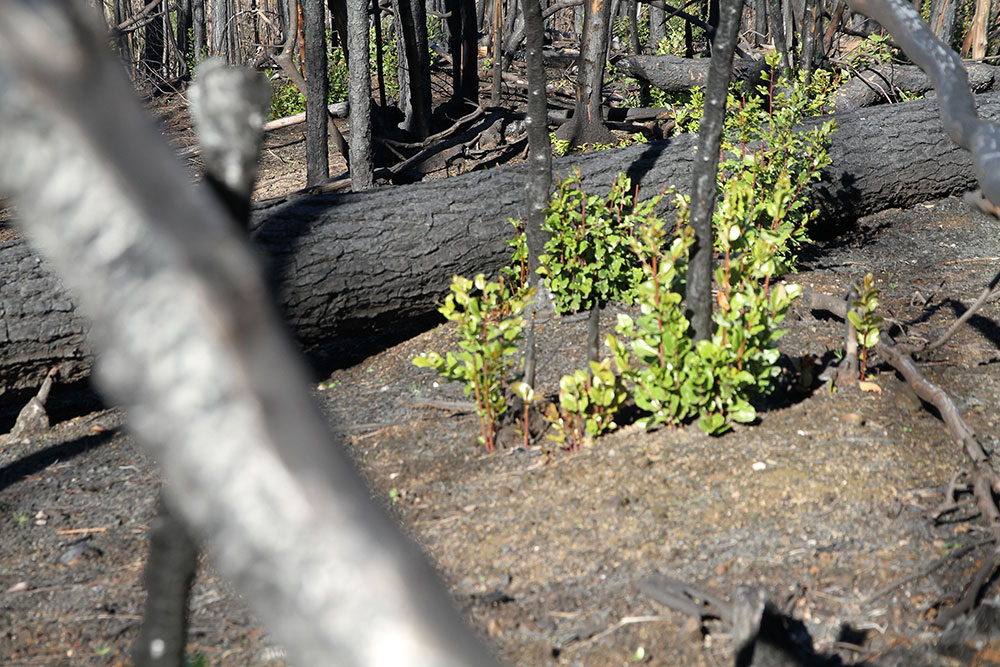NGP platform is conversing about how to adapt to climate change and increase the resilience of our landscapes, while celebrating its 10th anniversary in London and Edinburgh on June 21-25, in its annual Encounter, co-hosted by WWF and the Forestry Commission in the UK.
Planted forests have a role in combatting illegal logging and climate change
How do we find the balance between conserving restoring the world’s forests for social and environmental reasons, while also increasing sustainable production of forest products for a range of uses? How can we do this while also adapting to climate change and increasing the resilience of our landscapes? And what role can planted forests play?
These are the questions the WWF’s New Generation Plantations (NGP) platform will be conversing about, while is celebrating its 10th anniversary in London and Edinburgh on June 21-25, in its annual Encounter, co-hosted by WWF and the Forestry Commission in the UK.
The NGP platform aims to share and promote the highest standards of plantation management around the world. It is based on the premise that well-managed planted forests in the right places can help conserve biodiversity and meet human needs while contributing to sustainable economic growth and local livelihoods.
While the Encounter is celebrating the achievements of the past 10 years, the focus is on the future –participants from all over the world, representing environmental groups, local communities, forest companies and government bodies, will be exploring a number of issues connected to forests, plantations and climate change.
The coming decades will bring profound changes and challenges for forests and plantations. Climate change will have significant impacts on our forests, their productivity and the biodiversity they support. Global demand for forest products is set to triple by 2050, potentially increasing the risk of illegal and unsustainable logging. Forests continue to be lost and degraded at an alarming rate, but at the same time restoration is planned on an unprecedented scale: the Bonn Challenge, for example, aims to bring 150 million hectares of the world’s deforested and degraded land into restoration by 2020, and 350 million hectares by 2030.
This daily blog is written by Barney Jeffries, a participant to the Encounter. Please follow us #NGP2017























